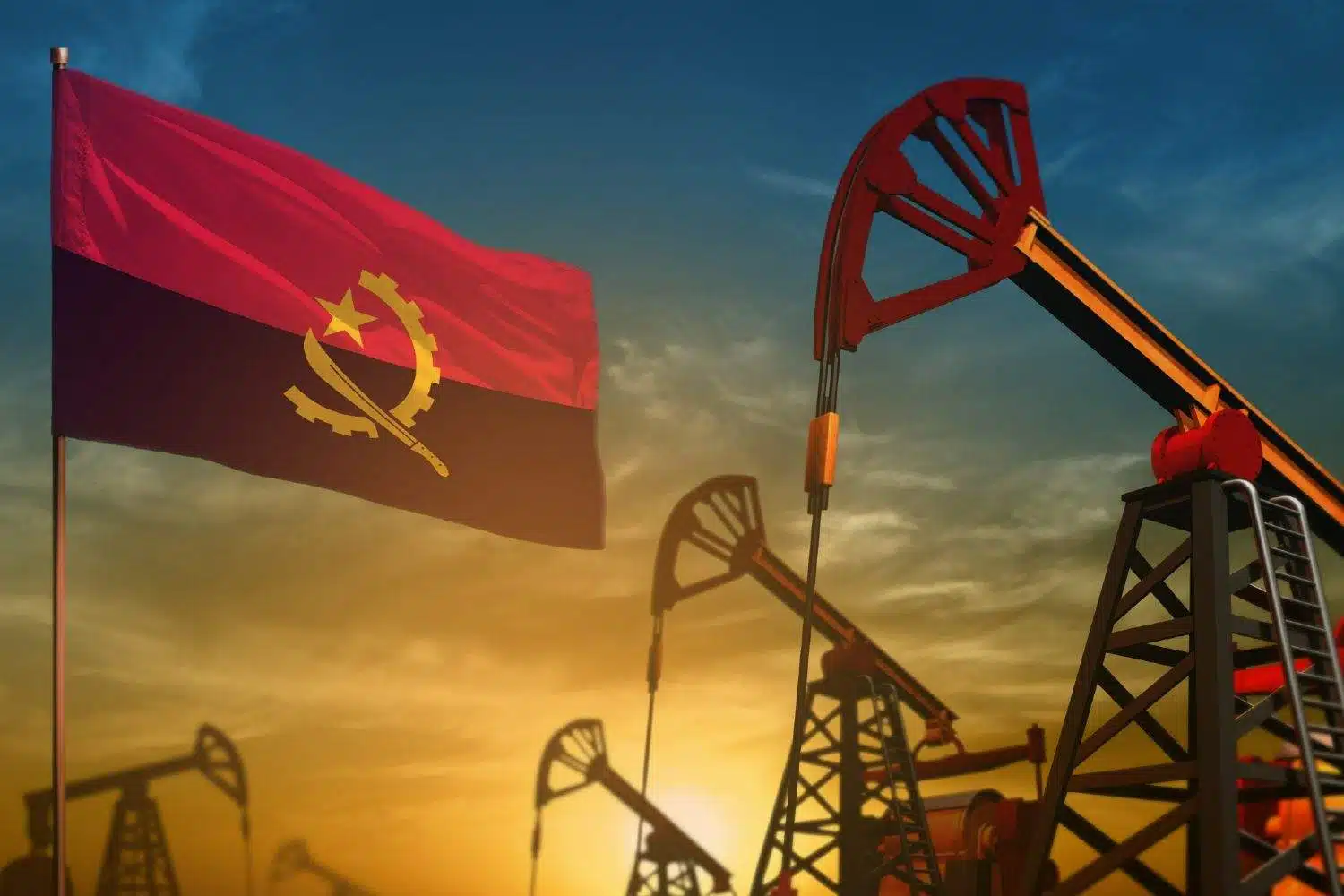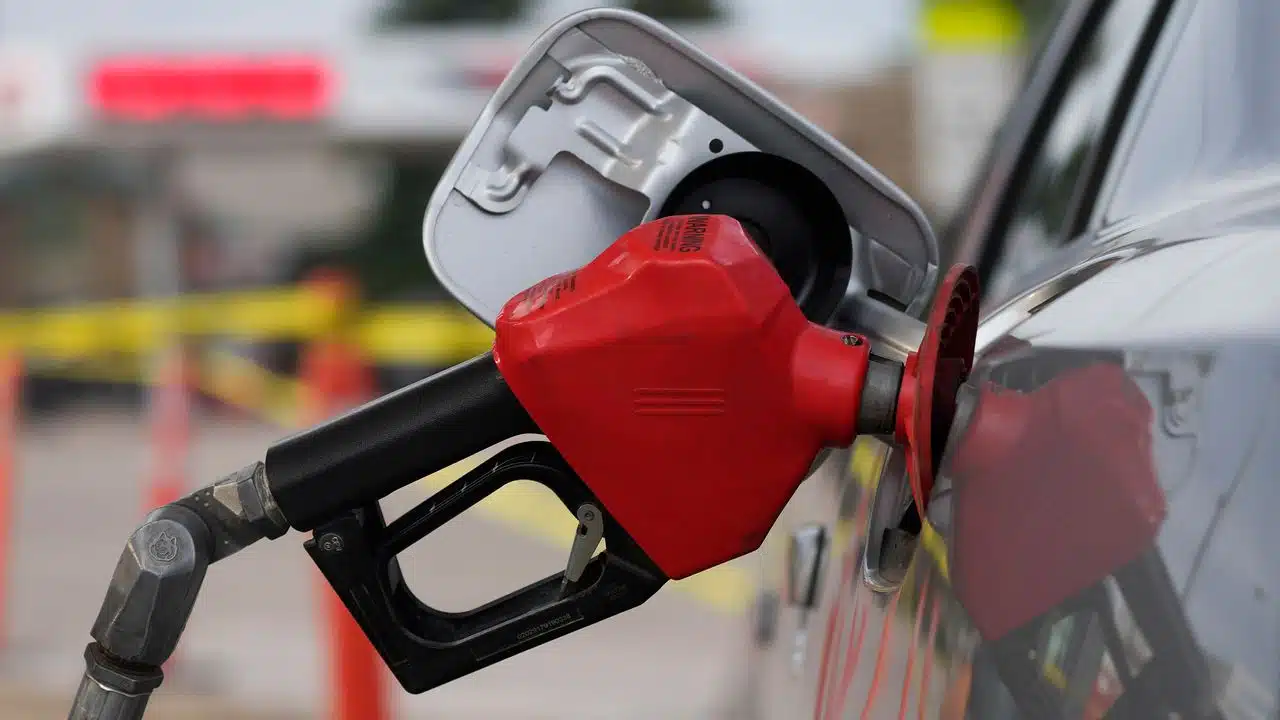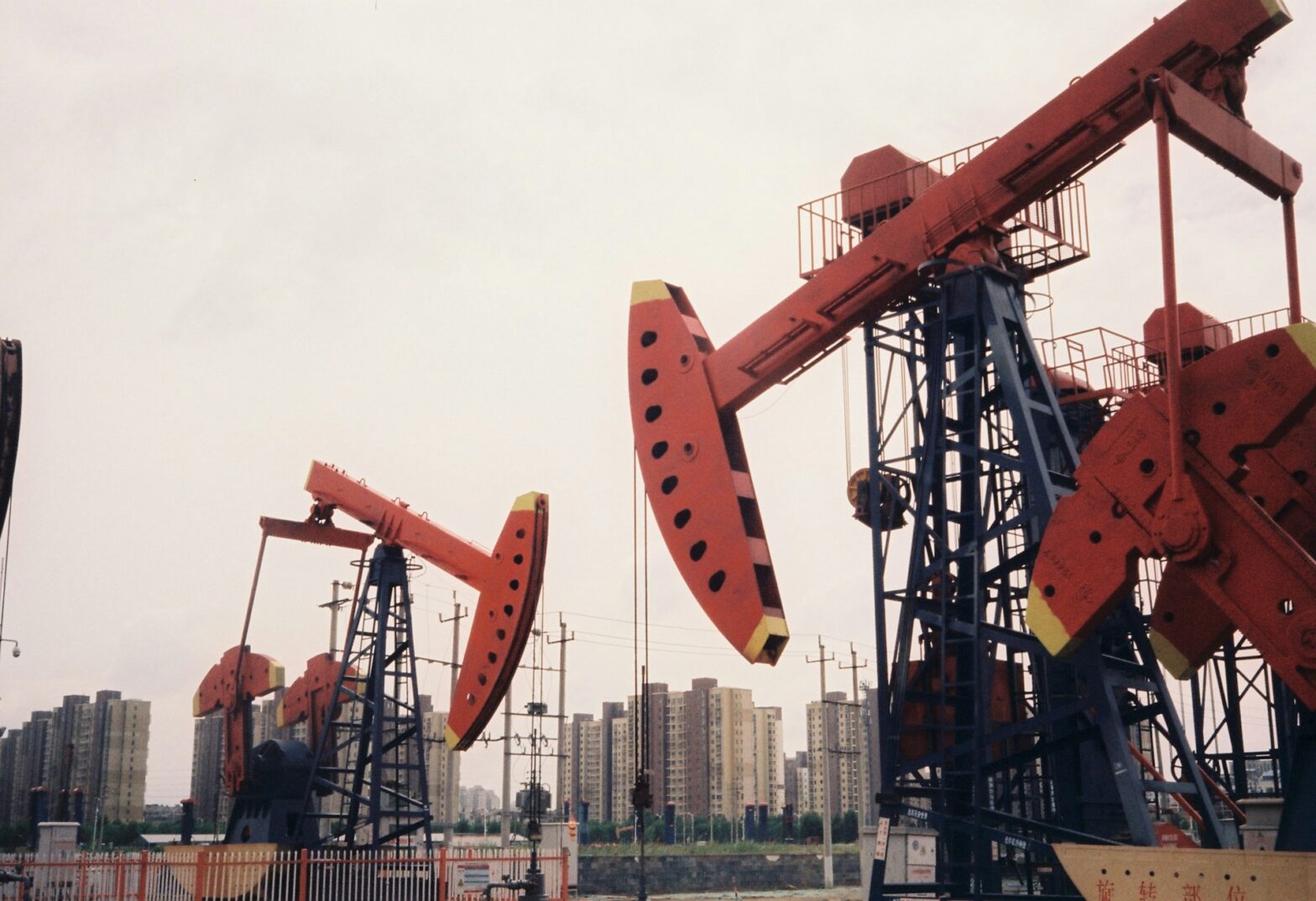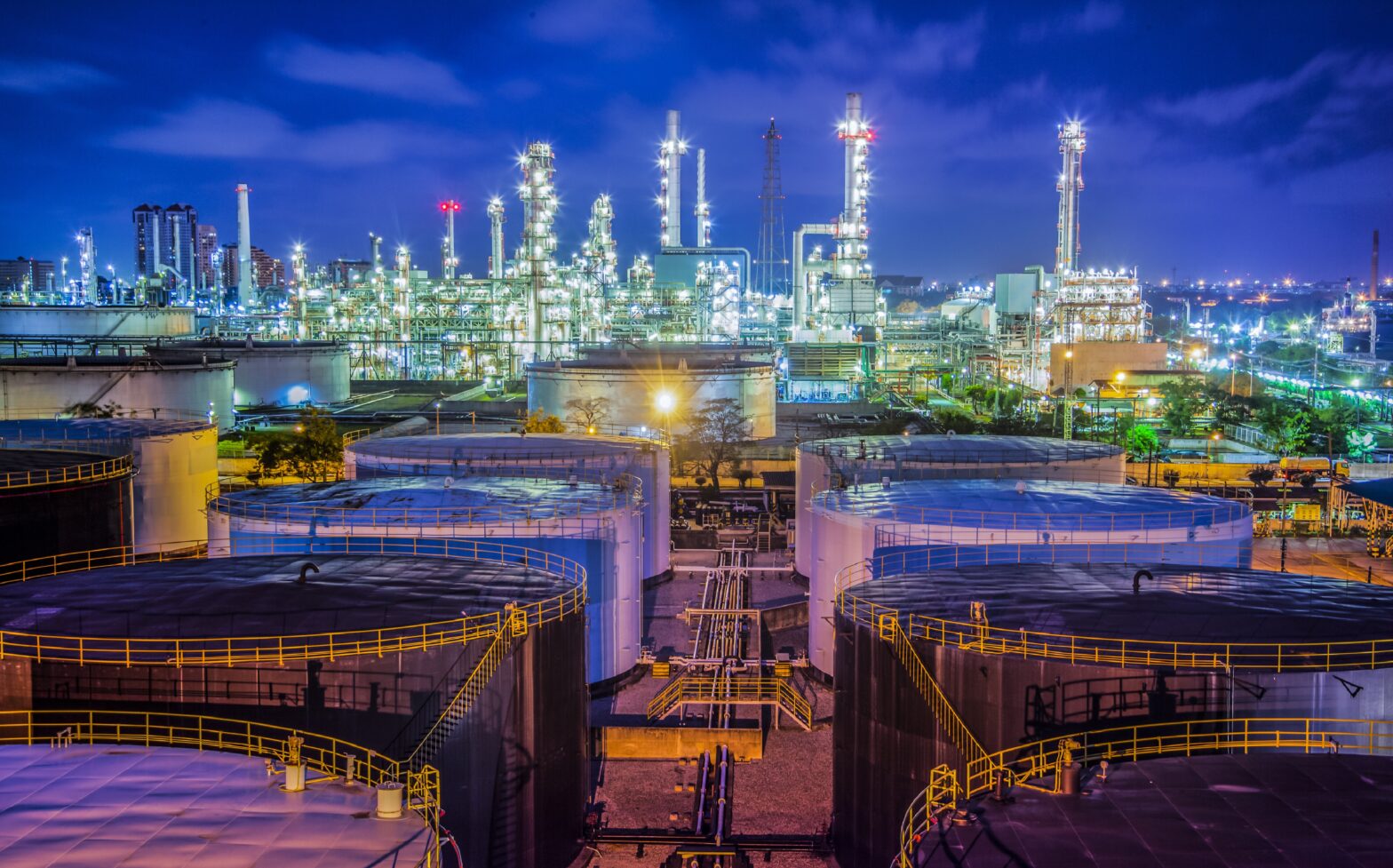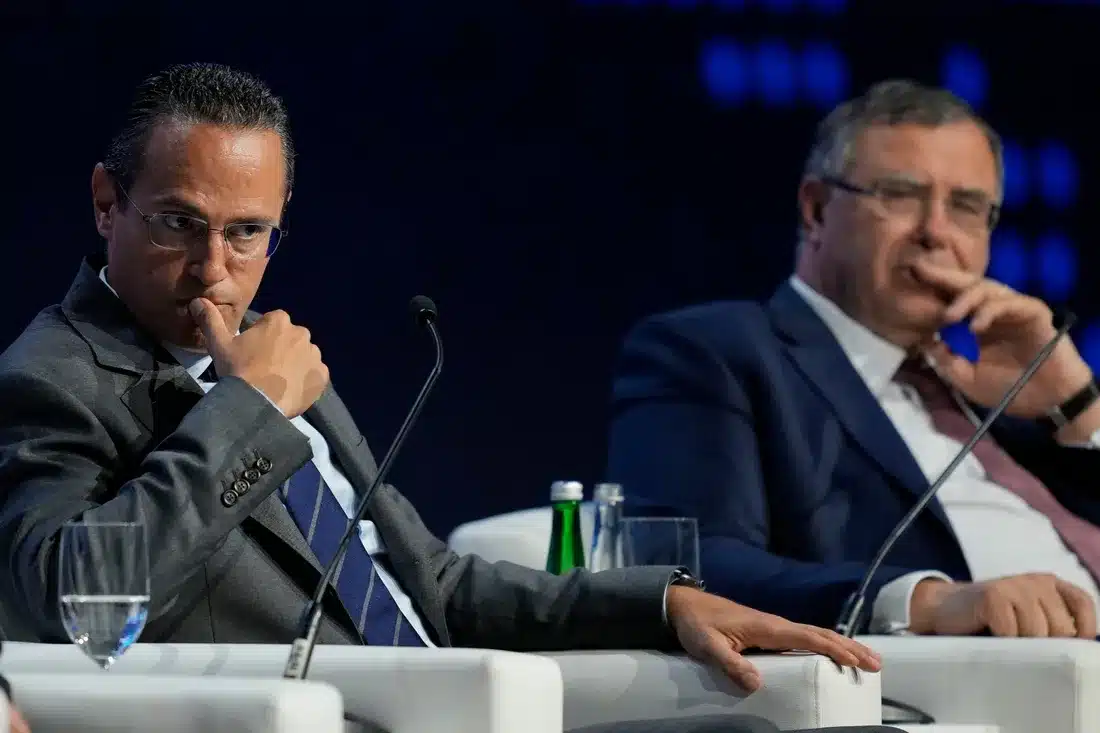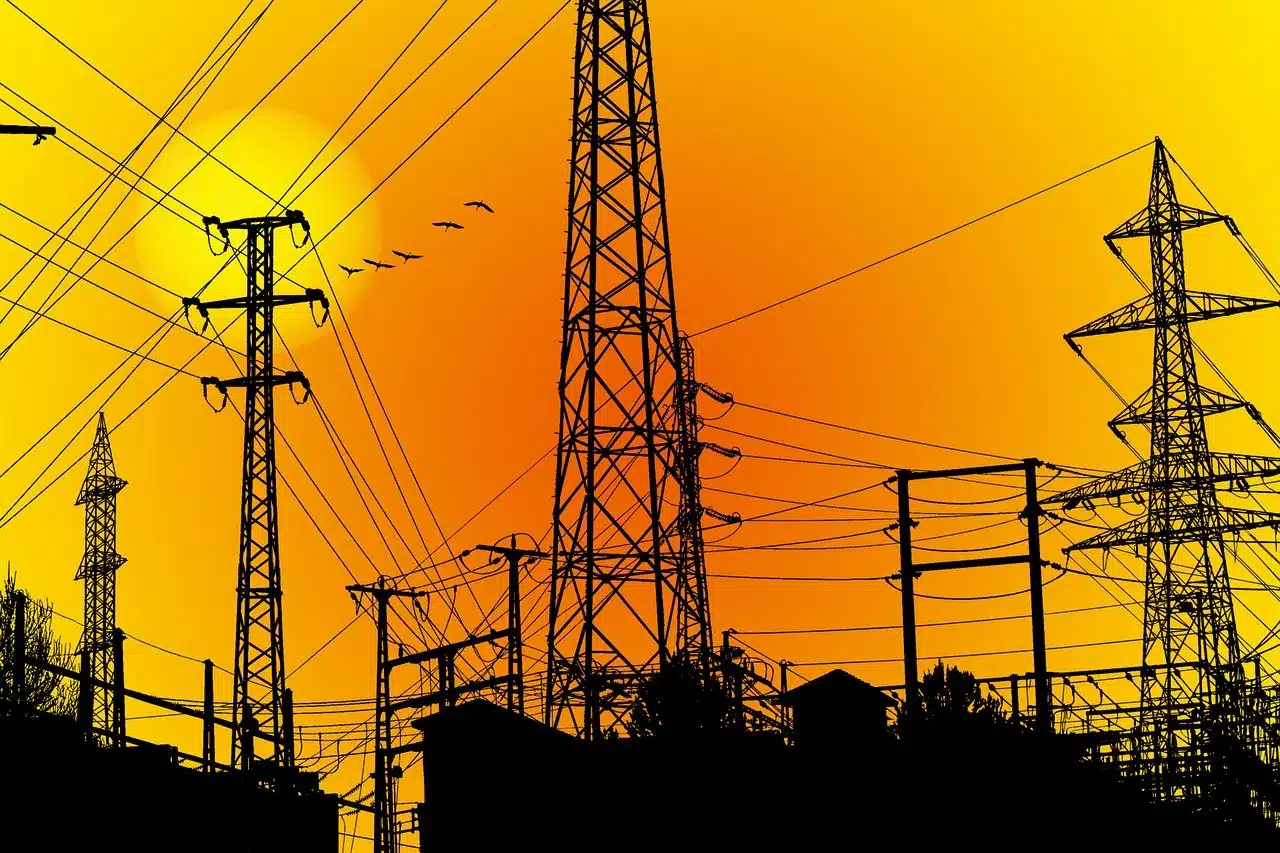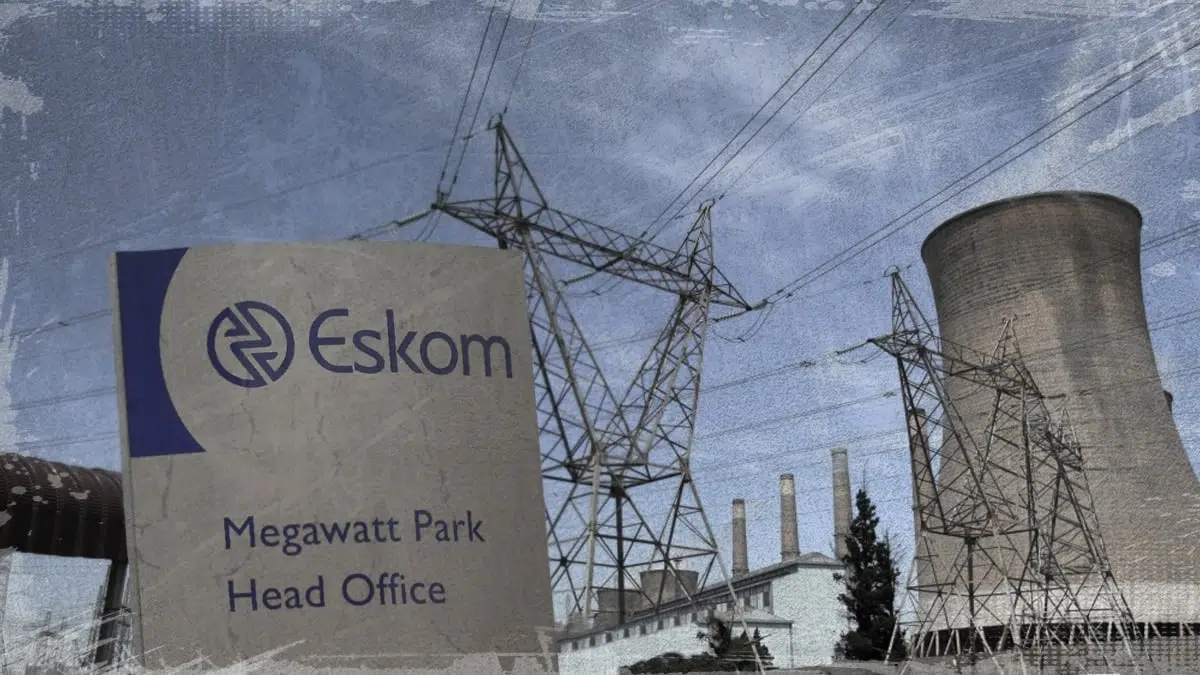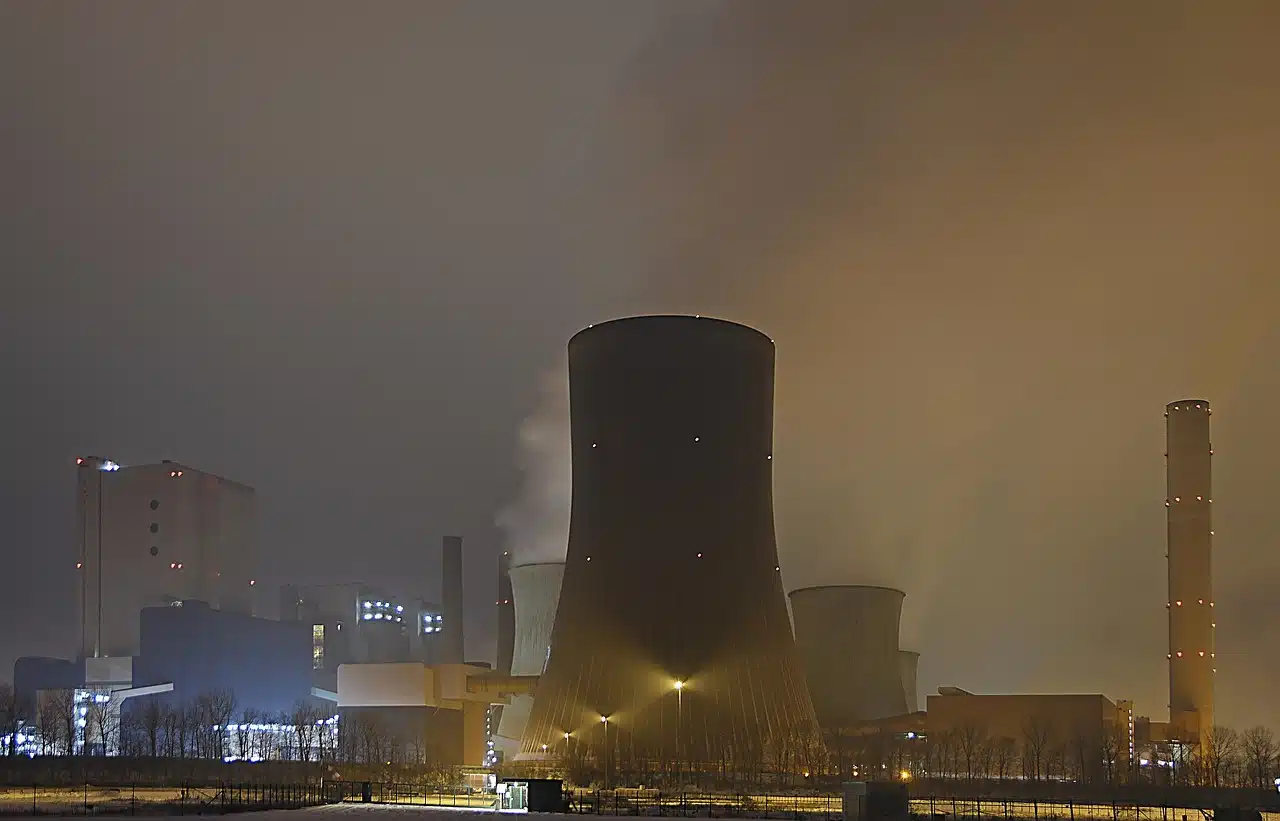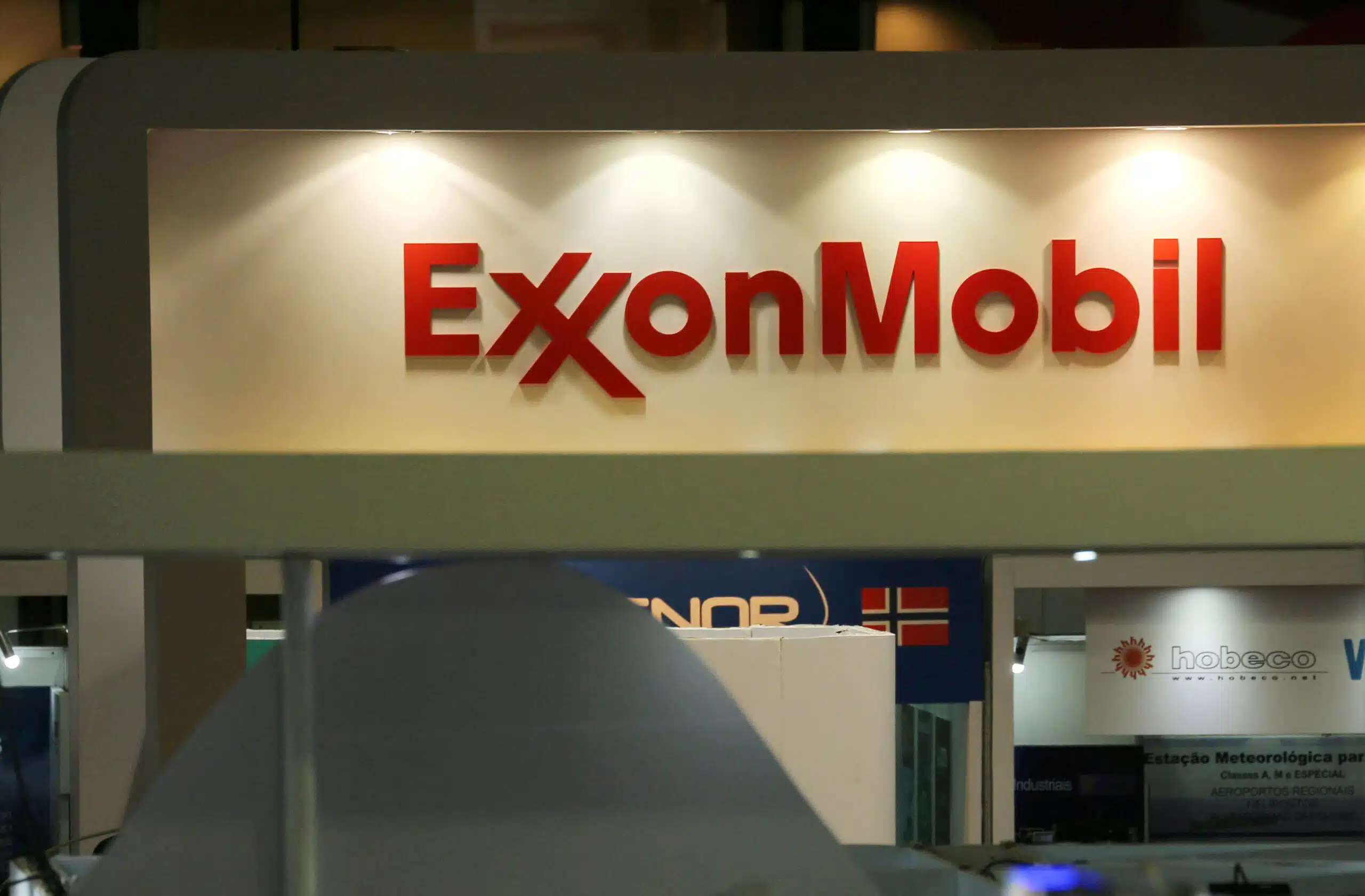Angola, one of Africa’s biggest hydrocarbons producers, generated $6.29 billion from crude oil exports in the third quarter of 2025, selling 90.95 million barrels at an average price of $69.16 per barrel.
This is according to figures released Thursday by the country’s Ministry of Mineral Resources, Petroleum and Gas and reviewed by Energy in Africa.
While export volume was down 10.91% year-on-year, it rose over 7% from Q2, driving a 9.25% revenue increase.
“This performance represents a 7.19% increase compared to the second quarter of 2025, although it registered a 10.91% decrease compared to the same period in 2024”, said José Barroso, the Secretary of State for Oil and Gas.
September saw the lowest monthly performance, with 28.5 million barrels shipped and $1.9 billion earned.
Barroso cited geopolitical and market volatility as key challenges, noting Brent crude’s downward price trend during the quarter.
“As we observed in the third quarter, unfortunately, we faced a downward trend in price, with an average dated price of around $69, lower than the previous quarter, but overall, things have progressed,” the secretary said.
China was Angola’s top crude oil buyer in Q3, accounting for nearly 60% of exports, followed by India, Indonesia, and Spain.
Gas export recorded strong growth
Angola’s gas export grew by 18.36% compared to the previous quarter, due to robust demand from Asia.
Around 1.6 million metric tons of natural gas were exported, earning a gross value of $900.7 million.
Up 66.55% of LNG exports went to Asia, with 57.03% of the volume destined for India alone.
Exports of LNG accounted for 88.62% or $628.8 million of total export, using an average price of $8.06 per thousand cubic feet.
Revenue fluctuation persists due to market volatility
The Secretary of State acknowledged that the low price might impact the country’s anticipated earnings for this year.
“But some situations may lead to a reversal of the situation,” said Barroso as he anticipates improvements and a more stable market with agreements between Israel and Hamas.
Crude oil remains Angola’s most important source of revenue, and any fluctuations in output or prices directly affect national income.
Unfortunately, with large stocks of oil now in the market, there is the possibility that prices may continue to decrease.
“We believe that today supply is greater than demand, but things might change. Everything will indeed depend on the political stability we have in the coming times.”
What could happen next
In Q4 2025, Barroso mentioned that it’s crucial “to understand what will actually happen in Gaza,” in Ukraine, and the decisions of OPEC+, from which Angola withdrew in 2024.
Since leaving the bloc, the Angolan government has pushed to keep production at an average of more than one million barrels per day.
But this has been difficult to sustain due to declining output from mature fields.
Output fell to its lowest level in two years in August, though it bounced back to above 1 million bpd last month.
However, new projects launched by major operators like Azule Energy and TotalEnergies are expected to offset further losses at least in the near term.
More so, the government plans to increase the number of awarded oil and gas concessions to 60 by the end of 2025 to attract global investors.
The strategy is to attract a mix of international oil and gas players through both licensing rounds and direct negotiations.

